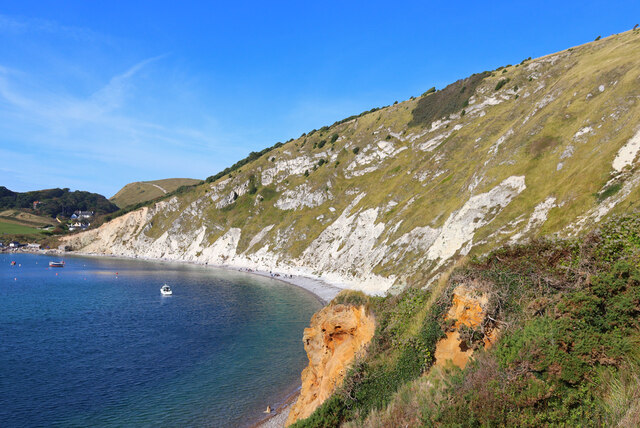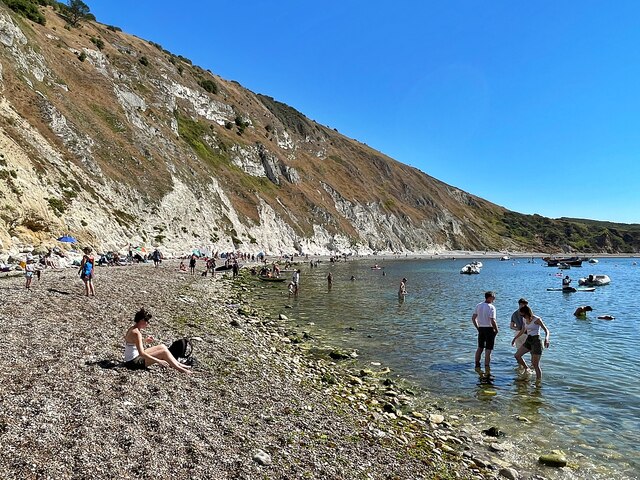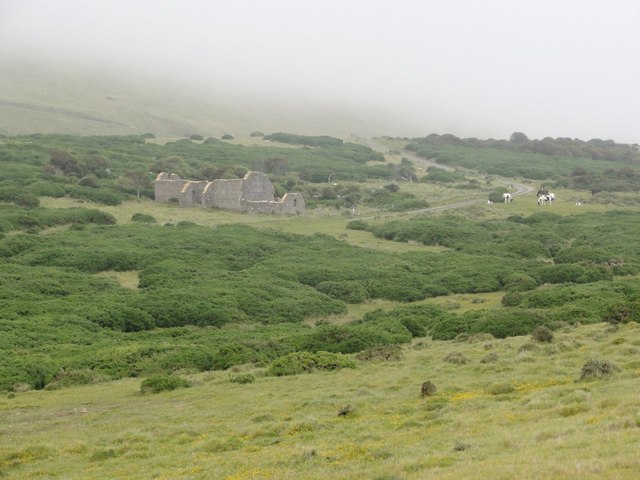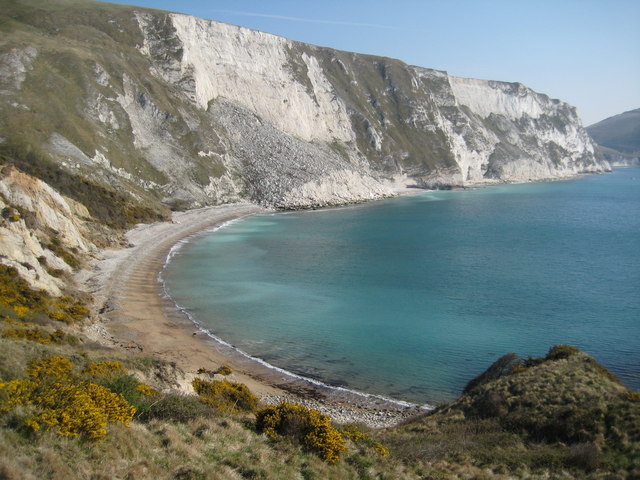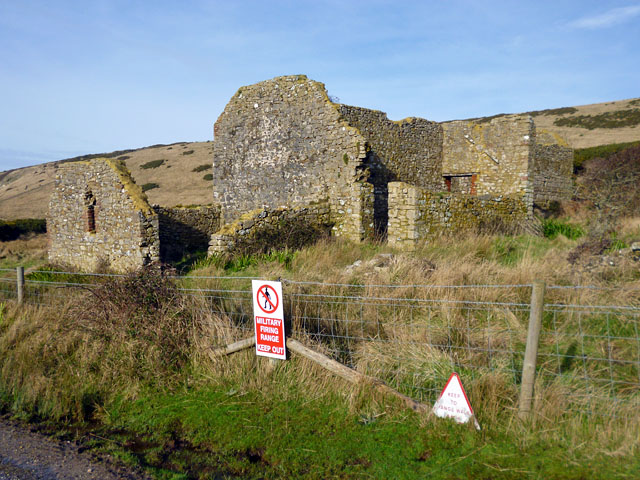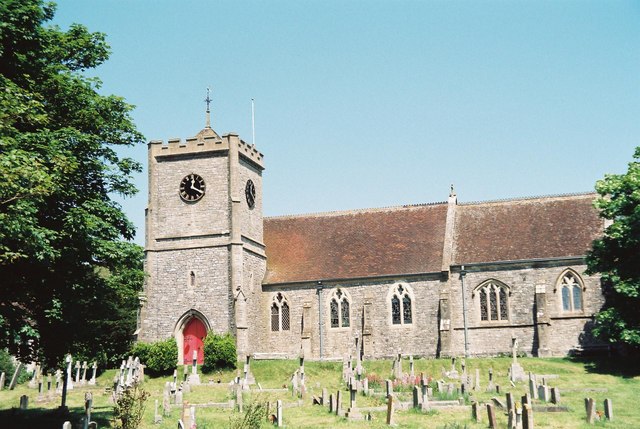Burngate
Settlement in Dorset
England
Burngate
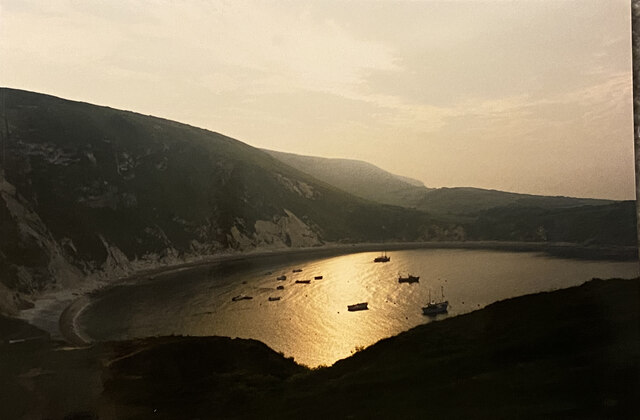
Burngate is a small village located in Dorset, England. Situated on the Isle of Purbeck, it lies within the picturesque surroundings of the Purbeck Hills and boasts stunning views of the English Channel. With a population of around 500 residents, Burngate is a quaint and peaceful village that attracts visitors seeking tranquility and natural beauty.
The village is known for its rich history, which dates back centuries. Its name is believed to have originated from the burn, a small stream that runs through the village. Burngate was historically a farming community, and remnants of its agricultural past can still be seen in the surrounding fields and farms.
One of the main attractions in Burngate is the Burngate Stone Carving Centre. This unique establishment offers workshops and courses on stone carving, attracting artists and enthusiasts from all over the country. The center also houses a gallery where visitors can view and purchase beautiful stone carvings created by local artists.
Nature lovers are drawn to Burngate for its access to the stunning countryside. The village is surrounded by walking trails that lead to the nearby Purbeck Hills and the South West Coast Path, offering breathtaking views of the Dorset coastline. The area is home to a diverse range of wildlife, including rare birds and butterflies, making it a popular destination for birdwatchers and nature enthusiasts.
Although small in size, Burngate offers a peaceful and picturesque retreat for visitors seeking relaxation and a connection with nature. With its historic charm, stunning landscapes, and artistic offerings, this Dorset village is a true gem for those who venture to explore it.
If you have any feedback on the listing, please let us know in the comments section below.
Burngate Images
Images are sourced within 2km of 50.634893/-2.2345599 or Grid Reference SY8381. Thanks to Geograph Open Source API. All images are credited.
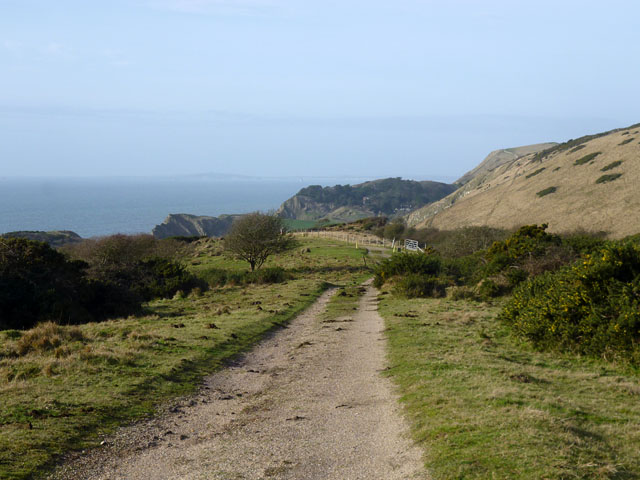


Burngate is located at Grid Ref: SY8381 (Lat: 50.634893, Lng: -2.2345599)
Unitary Authority: Dorset
Police Authority: Dorset
What 3 Words
///earmarked.familiar.meanders. Near Wool, Dorset
Nearby Locations
Related Wikis
Lulworth Camp
Lulworth Camp is a British Army base that is home to the Armoured Fighting Vehicle Gunnery School and runs the Lulworth Ranges on the southern coast of...
West Lulworth
West Lulworth is a village and civil parish in the English county of Dorset, situated on the English Channel beside Lulworth Cove. In the 2011 census the...
Bindon Hill
Bindon Hill is an extensive Iron Age earthwork enclosing a coastal hill area on the Jurassic Coast near Lulworth Cove in Dorset, England, about 19 kilometres...
Bestival
Bestival was a four-day music festival held in the south of England. The name Bestival is a portmanteau of the words best and festival. It had been held...
Nearby Amenities
Located within 500m of 50.634893,-2.2345599Have you been to Burngate?
Leave your review of Burngate below (or comments, questions and feedback).
